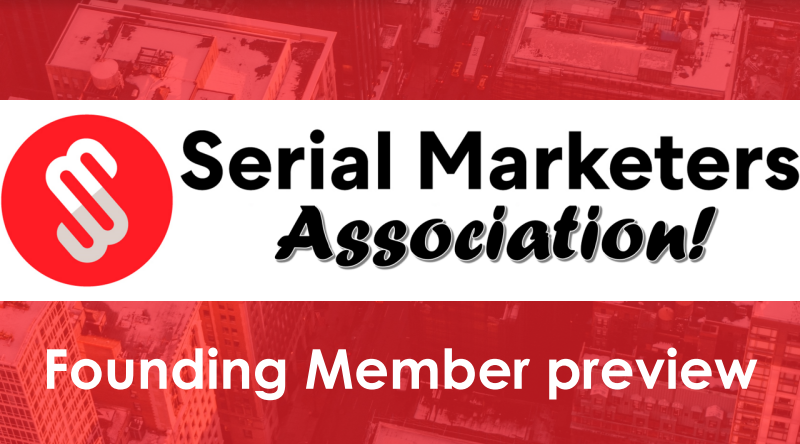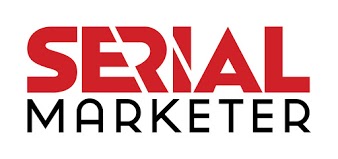Jordan Rohan, founder of Clearmeadow Partners – a digital media advisory firm – and formerly of RBC, is now back on stage for the fifth consecutive Search Insider Summit. He may well be the only other non-MediaPost-staff person besides me to make it to every one of these events. Do we get a plaque?
Rohan’s keynote:
Key developments in 2008: Liquidity, inflation, real estate revaluation
We’re not in recession yet.
Liquidity crisis: halfway home: $350-$500 billion marked down. Very bad for profits of major banks, brokerages.
Inflation: feeling modest impact but no resolution in sight. Lesser of three evils.
Real estate revaluation: just rounding first base in some areas. Differs from town to town.
Liquidity crisis impact on search marketing:
* Fewer non-standard loan structures: teaser rates discouraged, fewer borrowers qualify for mortgages
* Higher % down payments and conservative appraisals
– Fewer borrowers qualify, fewer refis make sense
* Securitization outlets frozen
– Can’t sell loans to remove from balance sheet
– need to hold loans, take charges for loan loss reserves
* If home refinance is not available, credit quality decreases for all other types of consumer finance
– includes student loans, credit cards, auto loans
– restrictions apply to corporate borrowers too
– adverse selection: wouldn’t want to lend to those who need it
Lower conversion rates & lower bounty value per loan, fewer profitable keywords, lower total spend
At first, he notes this seems category specific. How does this affect other marketers?
Weak dollar, high materials costs abound.
* Fed rate cuts ushered in new era of weak dollar
– weak dollar alone doesn’t make oil go from $60 to $127 per barrel
* Demand from BRIC for food, materials outstrips increases in supply
– steel, fertilizer, heavy machinery, chicken & dairy, wind, water, rice
Budget deficit tripled.
Good news: inflation relatively contained.
* Some cost inflation impacting online businesses:
– Shipping costs higher, lower margins for free shipping merchants
– Cost of imports up
– Consumer electronics, branded fashion showing much higher costs, costs of consumer travel increasing, substitution occurring
* Consumer buying power reduced by expensive food and gas
– Get used to higher oil prices until we can reduce dependence on it and that’s a LONG time coming
– Happening at gentler pace than indicated by consumer confidence
– 70% of corporate direct costs are labor, not materials
"We have not yet seen the effect of inflation. In my opinion, inflation is scarier than recession."
Bad news: real estate revlauation may take a few more years
* Revaluation matters more for investors, speculators
* Most severe in areas with greatest speculation including FL, CA
– Even within those stats, some areas not seeing major revaluation
– Neighborhood by neighborhood analysis required
* In areas of less impact, headlines worse than reality
– Secondary impact: headlines impacting consumer confidence and spending levels, which are impacting confidence of would-be borrowers
* Slow and steady impact on search spending, most yet to be seen
– We need to see how campaigns will shift when people lose buying power
– Think where there are risks to products focusing on, how the margins are being affected
How is this impacting Google stock?
* Google shares have found new equilibrium between peak ($700+) and trough ($420)
* Wait until August to buy – at or below $500
* Equilibrium P/E ratio of around 24x
Google growth quadrants:
* Google’s US national sales team is missing internal forecasts
* Google’s online sales and operations are making up for it
* International remains v. strong – ROW faster than UK
US Direct sales: 25% of total, 10% growth – low, low
US Online sales & ops: 24% of total, 35% growth – high, low
International early marketers (UK): 15% of total, <20% of growth – low, high
International emerging markets: 36% of total, 40% of growth – high, high
He has this has a 2×2 quadrant, which is what the lows/highs represent – a little hard to create here on the fly.
Google now over 40% of US ad spend
Discussing Microsoft, Yahoo courtship
Jordan used this graphic (from Googling "bad relationship" found here):
Jordan said at last event:
* Yahoo generates around $400MM/year in high margin fee revenues that his headed to run rate $150mm in 08 – could be as much as $200MM swing in EBITDA, forcing YHOO to guide below street
* EBAY, T, NWS, MSFT all had some level of interest
* MSFT favorite
What he couldn’t have predicted
* Yahoo management treated 62% premium like bad diagnosis from doctor
* Jerry Yang in a tough spot now, legal liability if MSFT really goes away
* Icahn to the rescue?
– Patience may not be there, in MSFT interest to feign indifference right now, sit on the fence
Anything short of an acquisition of Yahoo will be met with lukewarm reaction from investors, so investors will continue to apply pressure.
* If Yahoo does primary search monetization deals with Google, Microsoft, then shares will head below 25.
* In MSFT best interest to wait
* MSFT won’t realize $47 billion value from Yahoo
* Would buy Yahoo shares in low 20s if it gets there
Predictions for 2008
* Breakup good for IACI
* Current structure, IACI doesn’t resonate with many investors
– Growth investors like search, media, dislike HSN
– Value investors like free cash flow of HSN, don’t like implied valuation for the rest
* With Malone, Diller battle done
– Key catalyst is separation of HSN from rest of company
Facebook – Much to say
* Social media business models at crossroads
– Response advertisers frustrated because of low CTRS
– Brand advertisers are hesitant to commit large % of budget (~10%)
– Search monetization partners (GOOG) losing money on MySpace deal
* Necessary improvements to go beyond college, high school population
-Different usage patterns of users who are over or under 30
-Multiple profile views for different types of friends – company has announced this, not yet delivered
-Segmentation of inventory by sequence within each user session
-More tools to reduce news feed and mini feed clutter
* Not worth $15 billion, but one could easily see $6 billion+ now
– Worth more without significant cash flow
Predictions: Facebook stays independent long enough to go public, ad networks figure out how to segment Facebook inventory better
"Exit click" on social media inventory: basic exponential decay curve – could be there for a few pageviews or a thousand – but the most valuable click is right before you’re done
* From a response basis, an exit click is something that everyone has to do – looks like an exponential decay curve
* Ad exchanges should separate by sequence – when someone sits down for a session on social media, leverage most valuable inventory for response-driven advertisers
* Search mindset will then take over social media world
Inventory quality, targeting drive decisions for ad buyers, but marketers and agencies are increasingly selective
* 74% use 1 or 2 ad networks in average media plan (separate from portals)
* 2 ad nets seem like magic number (43%), 3 networks used ~14%, more than that, around 12%
Today’s stock recommendations
* Stimulus check trades: Darden (DRI), PF Changs (PFCB), Amazon (AMZN)
* Global consumerism: Tiffany’s (TIF), Nike (NIKE)
* Contrarian: Home Depot (HD)< Silicon Valley Bank (SVB), pick your own conservative local bank
* Digital growth engines: Omniture (OMTR), Mecado Libre (MELI) below $50, WebMD (WBMD)
* Share gainers: GMarket (GMKT), MDC Partners (MDCA)
* Less of a mess: IACI – worth $30+ if split, some parts sold
* Speculative Russian Internet Stock – Rambler Media (London AIM Exchange) (he notes to be careful getting the right symbol so you do your homework – only buy a bit, use a limit order – only public Russian internet company, Rambler’s like AOL of Russia)
Q&A
* LinkedIn’s basically a Web 1.0 company – practically could live as app within Facebook but recruiters love it – there can be one or two business things that work in social media
* Healthcare – essentially a regressive tax since the costs are same for all income levels; plays into bigger factor lower income <$50K households, so it’s why McDonald’s and Burger King do better than PF Changs as people control their spending
* Q: Ad exchanges vs. ad networks: JR focused on this now. Conclusions: we don’t need 7 ad exchanges. We won’t get away with less than 2. There’s this period where between DoubleClick, RightMedia, ContextWeb – three that are in the lead right now. Ad exchanges need portal beside it or source of high quality traffic giving more than remnant pageviews because right now it’s a waste of people’s time. RightMedia has a change to be a leader. Otherwise with remnant inventory, there are tons of places to get it. It’s like a magnetic attachment – the ad exchange must be magnetically attached to that quality traffic souce.







No Comments
Leave a comment Cancel